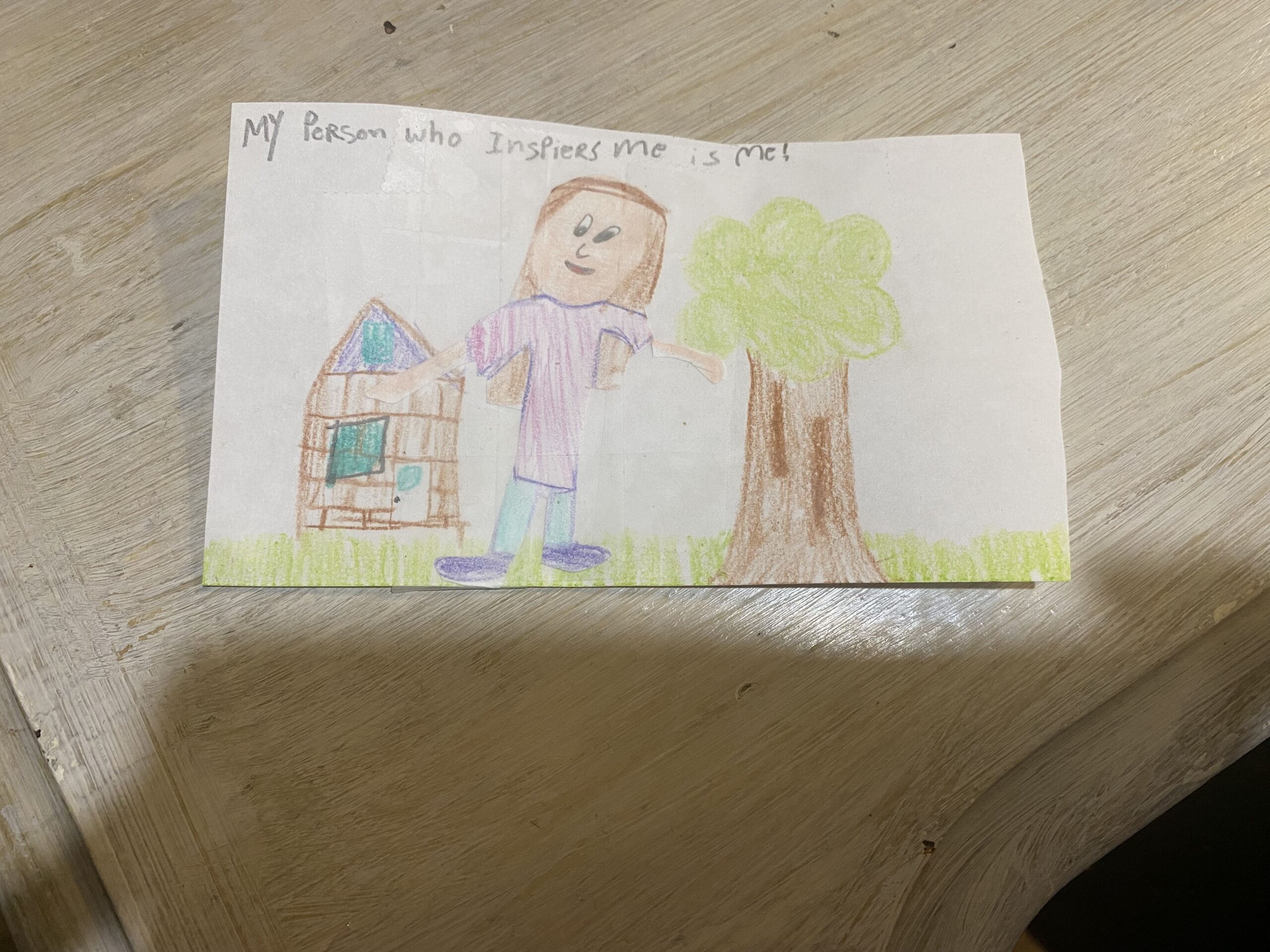Safeguarding our children’s privacy in a digital era
By Elizabeth Kemigisha, WI-HER Associate, Knowledge Management, and Liz Hall, WI-HER Associate, Communications
In our modern, hyper-connected world, the urge to share every aspect of our lives online has become almost second nature. From personal milestones to family gatherings, social media platforms serve as digital diaries where we meticulously document and share our cherished moments. However, amidst this culture of oversharing lies a critical concern often overlooked: the consequences of sharing images and videos of children.
While proud parents and relatives intend to celebrate the joys of childhood by posting adorable pictures or heartwarming videos, the repercussions of this seemingly innocent act can be profound and far-reaching. The internet, with its vast reach and permanence, poses inherent dangers when it comes to children’s privacy and safety. This is a conversation we want to bring to your timeline today.

Once an image or video is uploaded online, it becomes nearly impossible to control its dissemination. These images can fall into the wrong hands, leading to the exploitation of children by anyone. From innocent family photos ending up in inappropriate contexts to more sinister scenarios of cyber-predators using these visuals for malicious purposes, the risks are alarmingly real. This video, from Deutsche Telekom, highlights the potential unintended consequences of sharing our children’s personal information, including photos, online.
Secondly, there are long-term ramifications of sharing children’s photos online. A child’s digital footprint is established even before they comprehend the concept. Their future can be impacted as these images remain online indefinitely, potentially affecting their reputation, privacy, and even opportunities as they grow older. The Deutsche Telekom video also explicitly shows this.
Lastly, children can become targets of cyberbullying or social stigmatization due to shared images. Once an image is on the internet, it can be manipulated, taken out of context, or used to ridicule or bully the child.
At WI-HER, where we have the privilege of providing technical guidance and oversight for the company’s communications and knowledge management, we have a firm policy against the sharing of images of children’s faces. This policy is intended to safeguard the privacy of children, offer them data protection and security, and prevent sexual abuse, bullying, and harassment.
The full faces of children will never be displayed on our website or social media. A child is defined by WI-HER as a person under the age of 18. The only exception to this photo policy pertains to youth leaders and advocates who are public figures in their communities and countries and who are permitted to speak at conferences and other public engagements.
There are steps we can take towards safeguarding children and young people online, both in our personal and professional lives:
- Raising awareness
On a personal level, parents, guardians, and educators play a pivotal role in educating both themselves and children about the risks associated with sharing images online. Teaching children about online safety, privacy settings, and the importance of seeking consent before sharing their images can go a long way toward protecting their digital well-being. Moreover, on a professional level, companies are in a unique position to build awareness about the risks of sharing photos of children online.
- Limiting sharing and creating privacy settings
It’s crucial to exercise caution and limit the sharing of children’s images to a trusted and private network, for example, a family WhatsApp group. Utilizing strict privacy settings on social media platforms and refraining from publicly sharing personal information about children can mitigate risks significantly.
- Create physical photo albums
Together, families can create physical photo albums or keepsakes for personal memories rather than relying solely on digital platforms to store images.
- Communicate your stance on photo sharing
On a personal level, parents, guardians, and caregivers should communicate their stance on sharing children’s photos to all family members and caregivers, explaining how a unified stance helps ensure their children’s online safety, both now and in the future. Companies too have a responsibility to advocate for protecting the privacy of children by creating a policy in regard to appropriate photo sharing.
The digital age has ushered in unparalleled convenience and connectivity, but it also demands a heightened awareness of the risks associated with online activities, especially concerning children. While the allure of sharing children’s images online is understandable, it’s imperative to prioritize their safety and privacy above all else. By fostering a culture of responsible sharing, advocating for stronger privacy measures, and emphasizing the importance of informed and cautious online behavior, we can strive towards creating a safer digital environment for our children—one where their innocence remains protected and their futures are unharmed.